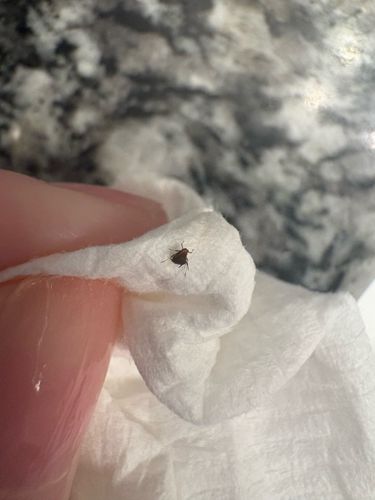Aphid
Scientific Name: Aphidoidea (Superfamily)
Order & Family: Hemiptera, Aphididae (Family)
Size: Typically 1-10 mm (0.04-0.4 inches) in length, but most commonly around 1-3 mm.

Natural Habitat
Found on a wide variety of plants, including agricultural crops, garden plants, trees, and ornamental plants. They can be found on leaves, stems, and roots.
Diet & Feeding
Aphids are phytophagous, meaning they feed exclusively on plant sap. They insert their needle-like mouthparts (stylets) into the phloem vessels of plants to suck out nutrient-rich sap.
Behavior Patterns
Aphids often live in colonies on the undersides of leaves or on new growth. They reproduce rapidly, often parthenogenetically (without mating), leading to quick population explosions. Many species excrete a sugary substance called honeydew, which can attract ants and promote sooty mold growth. Some species can be winged (alate) for dispersal to new plants, while others are wingless (apterous).
Risks & Benefits
Risks: Aphids are considered major agricultural pests. They can cause direct damage by stunting plant growth, deforming leaves and fruits, and reducing yields due to sap feeding. They also act as vectors for many plant viruses, transmitting diseases from one plant to another. The honeydew they produce can lead to sooty mold, which reduces photosynthesis. Benefits: While generally considered pests, some aphid species can serve as food for beneficial insects like ladybugs, lacewings, and hoverfly larvae, which helps in biological pest control.
Identified on: 10/19/2025